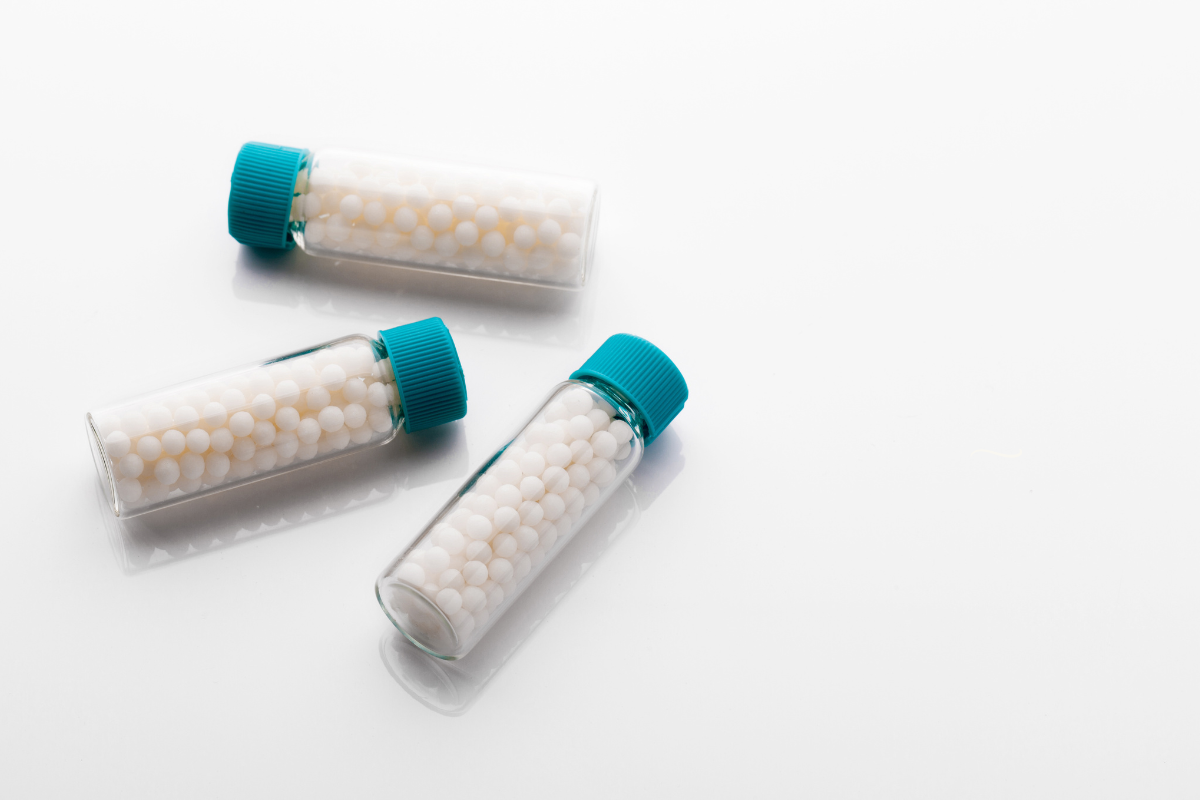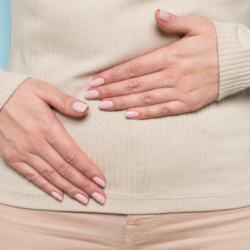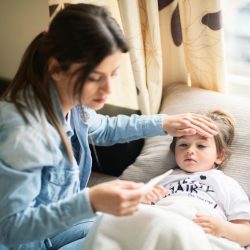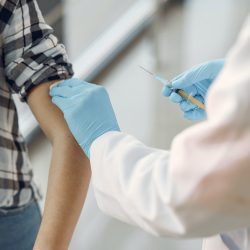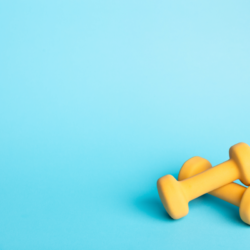When it comes to health, homeopathy is often mentioned as a natural alternative to conventional treatments. In fact, this alternative medicine can help prevent and treat many ailments, including drug, tobacco and alcohol addictions. As an online pharmacy, we are aware of the dangers of these addictions. That’s why we’ve decided to talk to you today about homeopathy and its role in combating these addictions.
Homeopathy is a natural medicine that involves administering minute doses of active substances. The practice is based on the principle of similarity, which states that a substance that causes symptoms in a healthy person can help cure those same symptoms in a sick person.
With regard to tobacco and alcohol addictions, homeopathy can help to reduce the desire to smoke or drink. For example, Tabacum is a homeopathic remedy commonly used to help smokers give up. It can help reduce withdrawal symptoms, such as irritability and anxiety, as well as nicotine cravings.
Homeopathy as an alternative for alcohol dependence
Alcohol dependence can have devastating effects on physical and mental health. Homeopathy offers natural solutions to help individuals overcome this addiction. Remedies such as Quercus glandium spiritus and Nux vomica are used to reduce withdrawal symptoms such as tremors,anxiety and nausea. By supporting the body and mind during the withdrawal phase, homeopathy helps to restore balance and prevent relapse.
Alcoholism is a chronic disease that can cause physical and mental damage. If you think you or someone you know might be suffering from alcoholism, it’s important to know the signs and symptoms of this disease. Here are the 29 most common symptoms of alcoholism.
- Tendency to drink alone or in secret
- Need to drink more and more to feel the same effects
- Inability to reduce or stop drinking
- Craving or uncontrollable desire to drink
- Neglect of responsibilities at home, work or school
- Social or family isolation
- Drinking even in the presence of a known illness or medical condition
- Denial or minimisation of alcohol consumption
- Alcohol-related personality or mood changes
- Blackouts or memory loss linked to alcohol consumption
- Feelings of guilt or shame related to alcohol consumption
- Irritability or agitation when no alcohol is available
- Drinking first thing in the morning or early in the day
- Reducing or giving up social or recreational activities because of alcohol consumption
- Trembling or shaking after stopping drinking
- Alcohol-related changes in eating or sleeping habits
- Physical changes such as weight loss or skin rashes
- Fatigue, weakness or general malaise
- Episodes of vomiting or nausea after drinking
- Financial problems linked to alcohol consumption
- Lack of or reduced libido
- Anxiety or panic attacks linked to alcohol consumption
- Increased depression or anxiety linked to alcohol consumption
- Lack of interest in activities previously enjoyed
- Loss of concentration or short-term memory
- Legal problems linked to alcohol consumption
- Consumption of alcohol despite obvious negative consequences
- Resentment or hostility towards others who suggest reducing or stopping alcohol consumption
- Difficulties in maintaining intimate or romantic relationships due to alcohol consumption
If you or someone you know is experiencing one or more of these symptoms, it is important to consult a healthcare professional for help. Alcoholism can be successfully treated, but it often requires professional help and social support to do so. Don’t be afraid to ask for help, as it can make a huge difference to the life of someone suffering from alcoholism.
For heavy drinkers, the homeopathic remedy Nux Vomica can help reduce withdrawal symptoms such as nausea and headaches, as well as alcohol cravings.
In addition, homeopathy can help boost the immune system and improve the body’s overall health. This can be particularly important for people who are trying to give up smoking or drinking, as it can help prevent illnesses linked to these addictions.
In conclusion, homeopathy can be an effective alternative to help reduce tobacco and alcohol addictions. If you are considering weaning yourself off these substances, we recommend that you consult a homeopathic practitioner for advice on the most suitable remedies for you. At Soin-et-nature, we are at your disposal to provide you with the homeopathic products you need to support your withdrawal process. Don’t hesitate to contact us for more information.
Reducing drug dependence
Homeopathy can also be beneficial for people seeking to reduce their dependence on conventional medicines, particularly antidepressants and painkillers. Homeopathic remedies, such as Arnica montana and Hypericum perforatum, offer natural alternatives for managing pain and depressive symptoms without the side effects associated with traditional drugs. By encouraging a more holistic approach to health, homeopathy helps to reduce drug consumption and promote sustainable well-being.
How can I manage pain with homeopathy?
Conventional analgesics, although effective in relieving pain, can have adverse effects such as addiction, gastrointestinal disorders and cardiovascular problems. Homeopathic remedies, such as Arnica montana and Hypericum perforatum, are widely used to treat various types of pain, including muscle, joint and nerve pain.
- Arnica montana is recognised for its effectiveness in managing muscle pain and bruising. Its use can reduce inflammation and promote tissue healing without the side effects of non-steroidal anti-inflammatory drugs (NSAIDs).
- Hypericum perforatum, also known as St John’s Wort, is particularly effective for nerve pain and damage. It can be an alternative to opioids for certain types of chronic pain, reducing the risk of dependence.
How can I relieve the symptoms of depression with homeopathy?
Depression is often treated with antidepressants, which can cause side effects such as drowsiness, weight gain and sexual problems. Homeopathy offers remedies such as Ignatia amara and Natrum muriaticum to treat depressive symptoms more gently.
- Ignatia amara is used for acute states of sadness, often following an emotional shock or loss. It helps to balance the emotions without the side effects of traditional antidepressants.
- Natrum muriaticum is indicated for depression accompanied by feelings of despair and loneliness. It offers emotional support and promotes mental resilience.
Based on a holistic approach, homeopathy takes account of the individual as a whole, treating both physical and emotional symptoms. This method enables a gradual reduction in the consumption of conventional medicines, while maintaining rigorous patient monitoring to avoid withdrawal effects.
- Personalised treatment: Each patient receives a specific treatment based on their individual symptoms, increasing the effectiveness of the treatment and patient satisfaction.
- Absence of side effects: Because homeopathic remedies are highly diluted, they are generally free of side effects, making them safe for long-term use.
- Promotion of lasting well-being: By treating the underlying cause of symptoms and improving the body’s overall balance, homeopathy contributes to lasting well-being.
The natural solution to stop smoking
Giving up smoking is no mean feat! The first step is to make the life-changing decision to stop smoking. After that, you need to hold out and be in good spirits for the first few days, as it’s during this period that the effects of the lack of addictive substances and nicotine are felt.
Homeopathy is one of the best ways of helping smokers through this unpleasant period. It can help with irritability, insomnia, sleep disturbance or constipation. A few well-diluted granules and these withdrawal effects will go away. Consequences such as depression, anxiety or food cravings can’t resist this medicine either – a few well-diluted granules and a patient can stop smoking!
It also offers another solution if the person always smokes the same brand: isotherapy. Isotherapeutic treatment involves using nicotine in reduced doses to satisfy the body’s demand.
This is a homeopathic dilution prepared by a specialist using a sample of the brand of cigarette. The smoker experiences a bad taste of the addictive substances and nicotine, and this leads him or her to stop smoking for good.
Homeopathic solutions for alcohol problems
Homeopathy can help to take control when alcohol is a problem. “Having a drink with friends from time to time is not a bad thing in itself; you could say it’s “enjoying life”. On the other hand, drinking until you’re drunk every day is a sign of alcoholism. Alcohol, like any drug, gradually takes control.
But addiction can be prevented with homeopathic remedies. A few Nux Vomica granules swallowed a few minutes before the party will stop the person wanting to touch the alcohol.
At one time or another, everyone has turned to alcohol to solve a problem. Today, homeopathy has introduced Arsenicum Album if a patient finds that sadness and alcohol go hand in hand.
Most homeopathic remedies, such as Ethylicum, correspond to alcohol, but only a highly diluted alcohol that soothes the desire to drink and reduces the pain associated with excess. The isotherapic of alcohol must be established by a specialist for a guaranteed effect.
Some advice
Abstinence is essential, especially when it comes to tobacco and alcohol. It is important to go at least 3 days a week without a drop of alcohol. The cycle of dependence begins when a person feels the daily need to consume alcohol. Drinking alone is also a sign of alcoholism.
At all costs, avoid those little glasses containing a luminous liquid! Yes, these are the famous cocktails of alcohol and sleeping pills. They guarantee a very dangerous drunkenness, leading a person to a state of dependence and, above all, can be fatal.
Patience when weaning yourself off smoking or alcohol is a real test. There are no miracles and it takes time to break the habit. Homeopathy can only help you to use less, but it does not have a direct effect on withdrawal.

